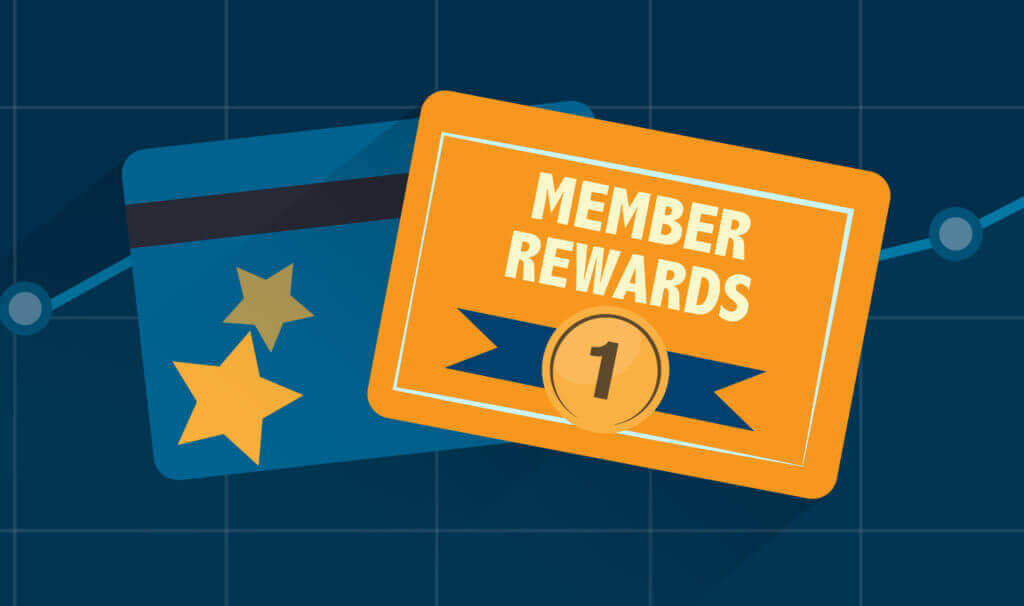
In a world where retailers understand the importance of keeping their existing customers and finding ways to have them come back to purchase repeatedly, the question needs to be asked why do so few invest in getting loyalty right?
Do retailers know what amazing loyalty programs look like?
In reality, by its true definition, there are few loyalty programs that work for the customer. This is the crux and the reason loyalty program failure is common.
But there are loyalty programs that are “winning” (“winning” = both the customer and the retailer benefit). And there is commonality both in specific business activities and “loyalty program characteristics” that work together to create this success.
More than just pricing benefits
Loyalty program success rarely comes from programs solely focused on price benefits.
According to 2015 research by Capgemini, 77% of loyalty programs based only on “transactional behaviours” (earning points from purchasing) commonly fail within two years of launch.
Another survey, by Bond Brand Loyalty, involving over 28,000 North American consumers, found the following top 10 reasons as to why a loyalty program is “great” from the customer’s perspective as follows:
- Program meets needs
- Customers enjoy participating in program
- Program makes brand experience better
- Ease of redemption
- Program consistent with brand expectations
- Program rewards/benefits appealing
- Level of effort needed to earn redemption
- Time to earn desired rewards/benefits
- Amount accumulated per $1 spent
- Ways rewards/benefits can be earned
This list is a mix of experience and financial rewards, and in fact the top five are experiential in nature.
Many brands are stuck in the old school mindset of creating a points system that forms a representation of “currency” that can be translated to money and/or discounts.
The study found that successful loyalty programs introduce an alternative “experience currency” that 85% consider to be of high value.




